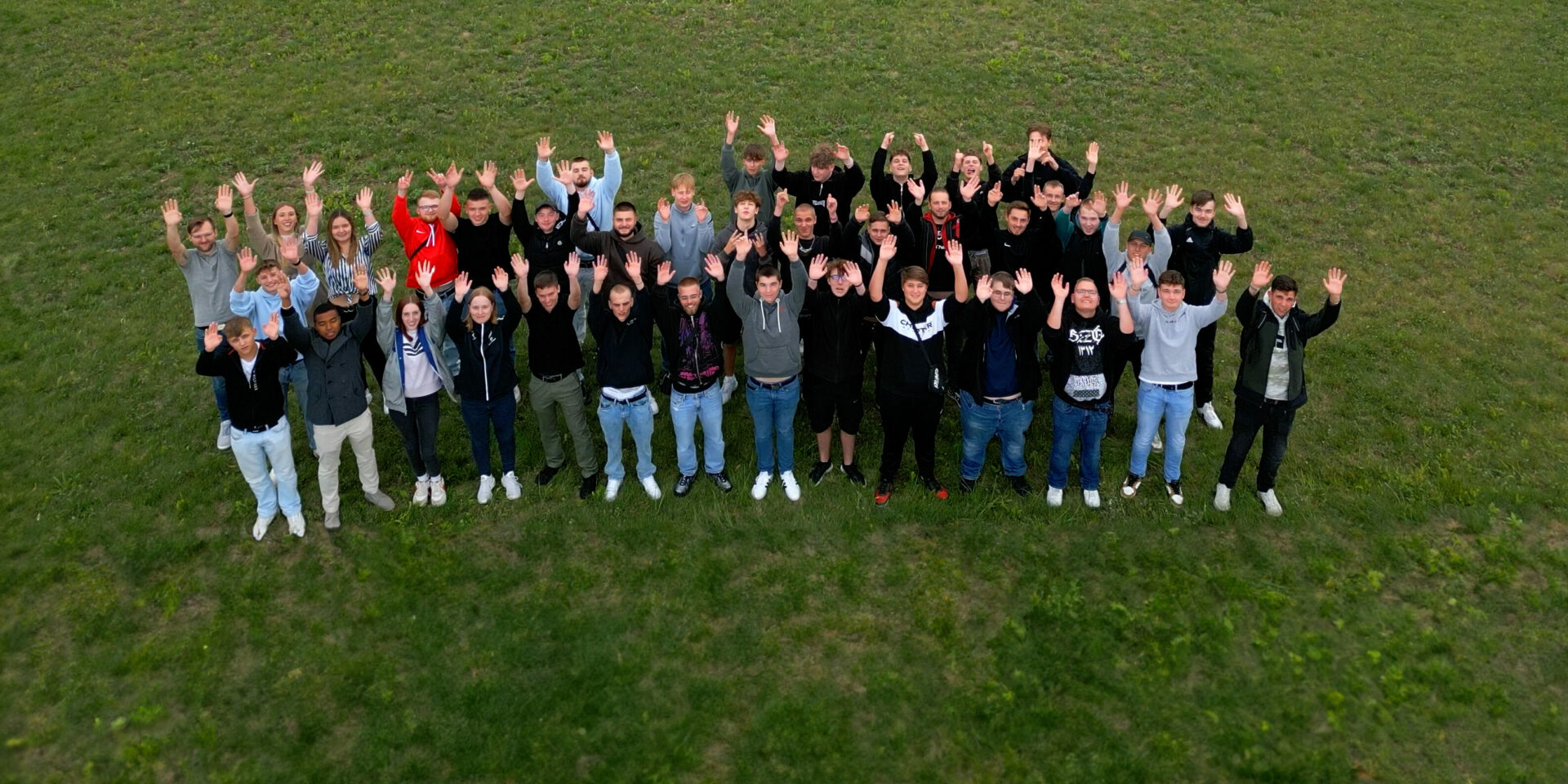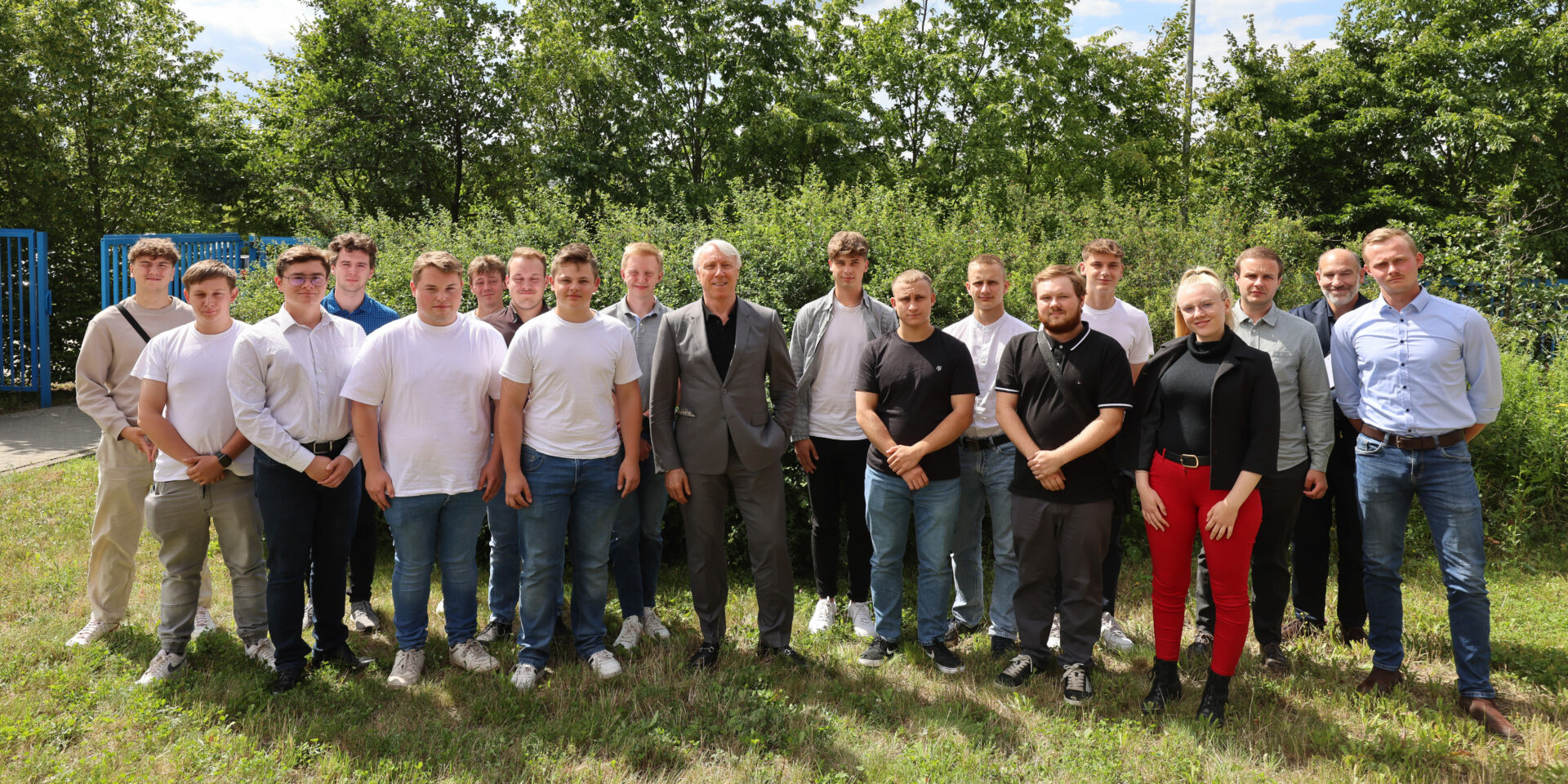
InnoTrans 2022: A conversation with Winfried Zuber from the WSP Infrastructure Engineering GmbH
On Wednesday (Sept. 21st, 2022 – 3:30 pm – SPITZKE stand – Hall 5.2 – Stand 320) at InnoTrans 2022, Jens Bergmann, Member of the Board of Directors for Infrastructure Planning and Projects and Member of the Board of Directors for Finance and Controlling at DB Netz AG, Dr. Ben Möbius, Managing Director of the VDB, Jan Grothe, CPO of DB AG, Mark Fisher, CTO of SPITZKE SE and Winfried Zuber, Managing Director of WSP Infrastructure Engineering GmbH held a discussion as part of a SPITZKE panel discussion. The topic was “Consistently rethinking about partnership-based, modern, efficient construction!” We asked the panel participants three questions in advance.
Below, you can read the fourth short interview with Winfried Zuber (Managing Director of WSP Infrastructure Engineering GmbH).
Mr. Zuber, rail transportation is considered one of the key elements for sustainable, climate-friendly mobility. What needs to change so that our rail system can fulfill this role well and how can we manage to get significantly more passenger and freight traffic on the tracks in the future?
In my opinion, the decisive factor here is the customer’s and/or passenger’s perspective. We have to increase acceptance here. This can be achieved by offering a sufficient number of attractive connections with a high level of reliability and punctuality, while still maintaining and appropriate level of cost-effectiveness. However, growing passenger numbers and an increasing volume of freight traffic also brings new challenges. DB’s network is already being operated at capacity and performance limits. A record number of parallel construction projects has also led to limitations and has affected passenger and freight customer satisfaction.
Consequently, it’s imperative that we press ahead with the expansion and modernization of the railway network. This involves the modernization of the overall system in order to enable maximum benefits in planning, construction and system implementation for regular operations. We also have to continue to push ahead with the comprehensive introductions of digital interlocking technology, the renewal of overhead structures and track systems, modernization and, last but not least, electrification. It is crucial to complete construction projects from planning to commissioning much faster than is currently happening.
From the planner’s perspective: What contribution can the railway industry make to achieve these goals?
We are already on the right track, but in the future we must continue to pursue further innovative approaches for project preparation, planning and realization which will enable faster and smoother implementation. Early involvement of the rail industry, holistic approaches and partnership cooperation between the client and the rail industry are the keys for success. Early involvement, even in the preliminary planning stage, can reduce the need to correct errors later on in the project. An as-built validation preceding design planning as well as documentation on digital platforms which enable efficient subsequent processing are indispensable. We must use the know-how, which is unquestionably available, from our system suppliers and railway construction companies and work with them to create the conditions for faster planning processes and approvals. Thereby, we’ll achieve a technical, construction-related and cost-optimal realization based on the most updated construction technology. An essential element for this is surely the interlinking of design and implementation planning.
To achieve this, we have to consistently adopt a holistic approach and cooperate in the spirit of a partnership. The focus must be on the common project goal, with all partners working toward its realization with their own respective tasks and roles, with clear responsibilities and a consistent target and cost-orientation. The foundation for this must be appropriate framework conditions and corresponding contractual distinctions.
On SPITZKE’s podium discussion, you’ll discuss the topic “Consistently rethinking about partnership-based, modern, efficient construction!” What aspects do you think will be addressed?
The most important factors, as already mentioned, are early involvement and partnership-like cooperation between all parties involved, as well as the pursuit of holistic approaches. In the area of planning, this means we must be able to rely on defined operational requirements as well as complete, updated, and, if necessary, on-site verification of inventory and planning fundamentals. Throughout the process, we have to rely on consistent digital data storage and common project platform. A more important factor is continuity, which we have to strive for in our planning from the very start. If we consider the involvement of the railway industry, then our goal should be the continuity of the project partners from the design planning throughout all phases of implementation, commissioning and documentation. This involves regular and cooperative discussions between clients, planners as well as the railway and construction industry. In addition, we have to create appropriate framework conditions which promote dialogue-oriented and partnership-based project implementation, clearly define tasks, roles and responsibilities. In summary, our goal must be for all project participants to strive to find solutions for the agreed-upon project goals in an consensual manner.

